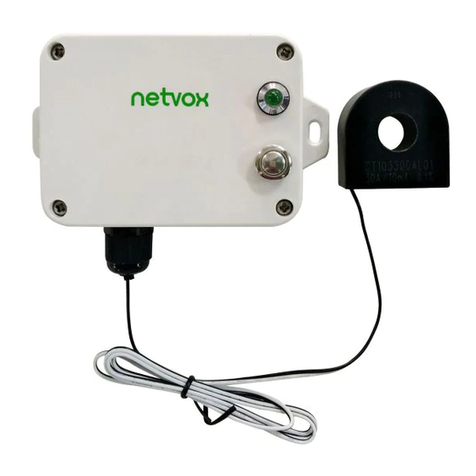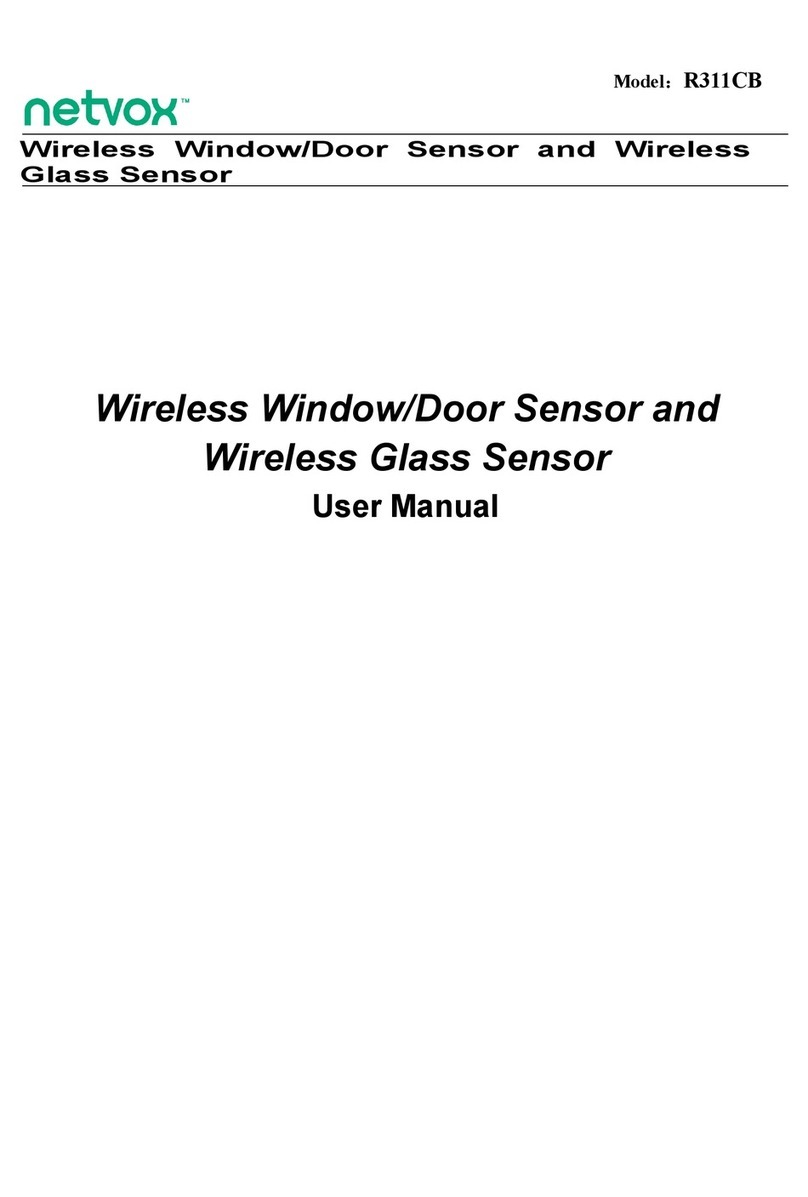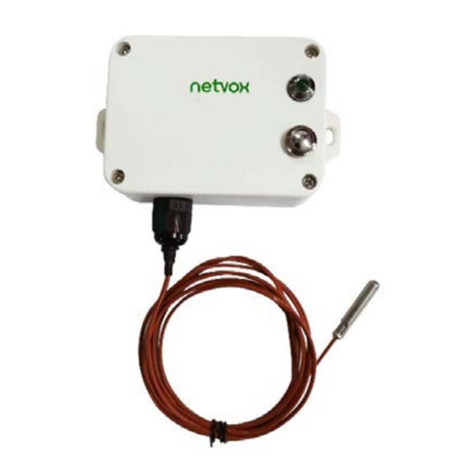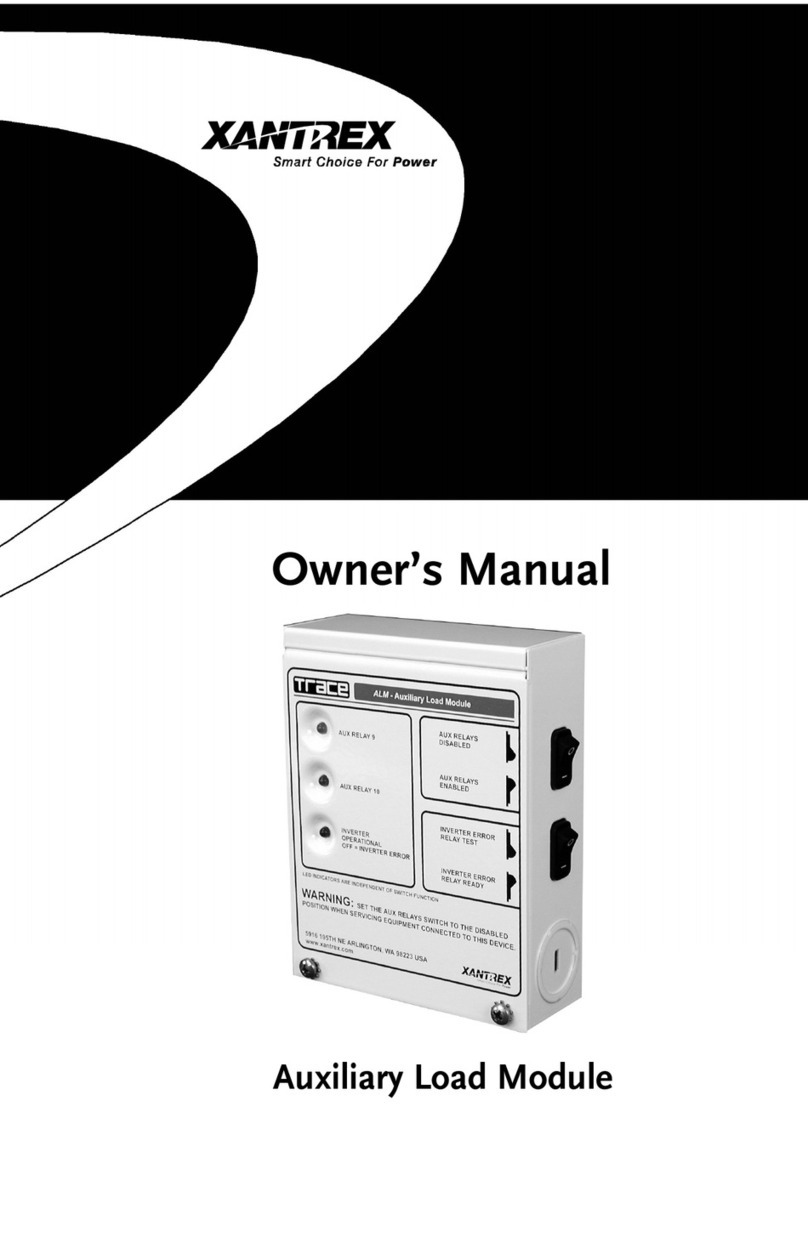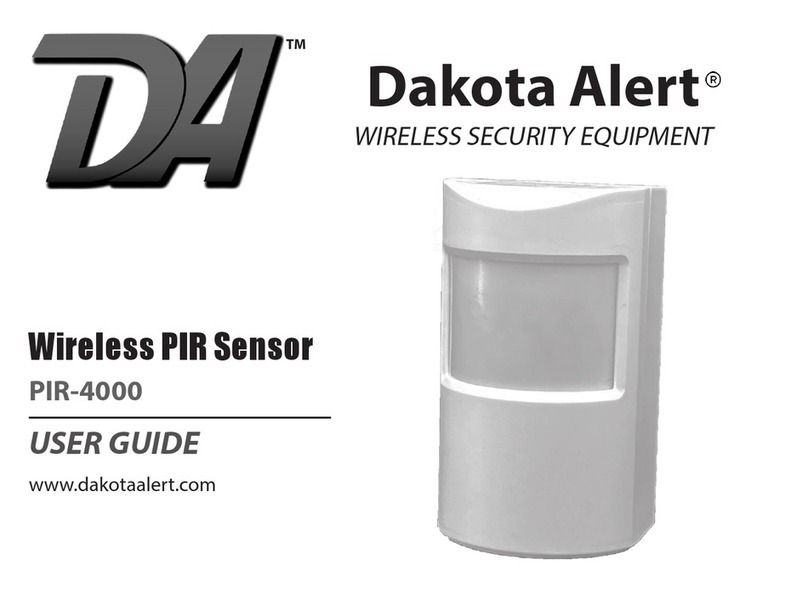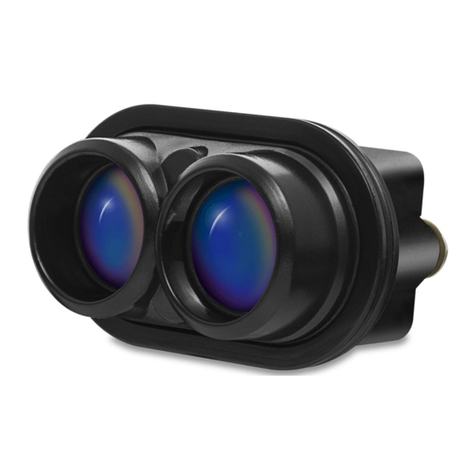netvox R718F User manual












Table of contents
Other netvox Accessories manuals
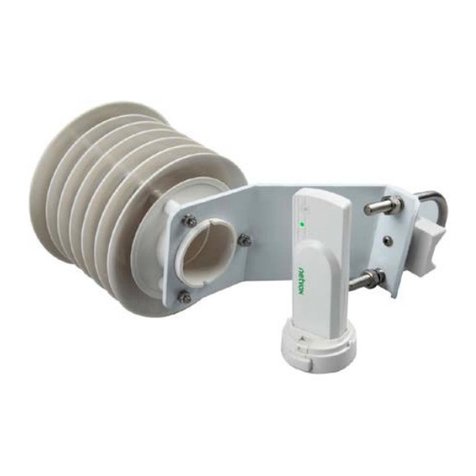
netvox
netvox R712 User manual
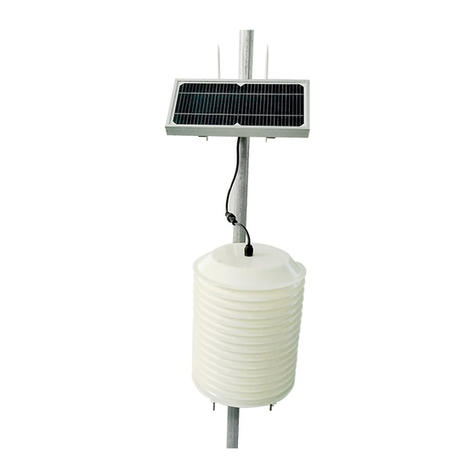
netvox
netvox RA0723 User manual
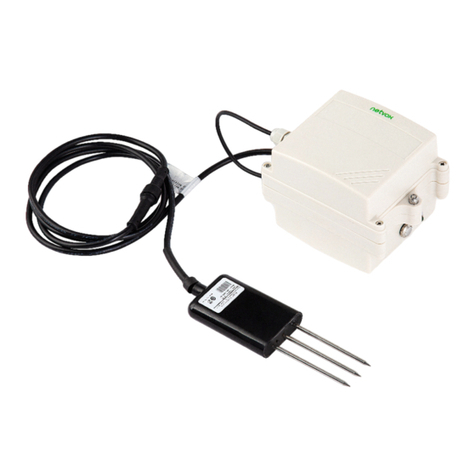
netvox
netvox R72632A User manual

netvox
netvox R718G User manual
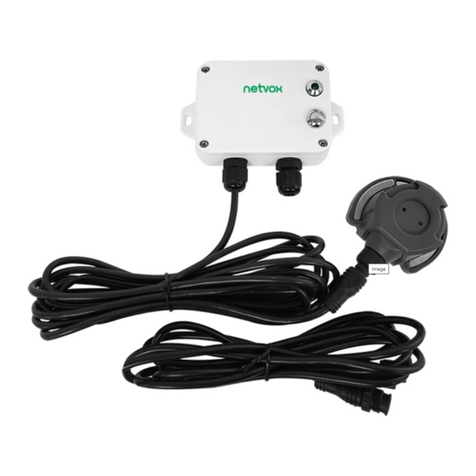
netvox
netvox R718PA22 User manual
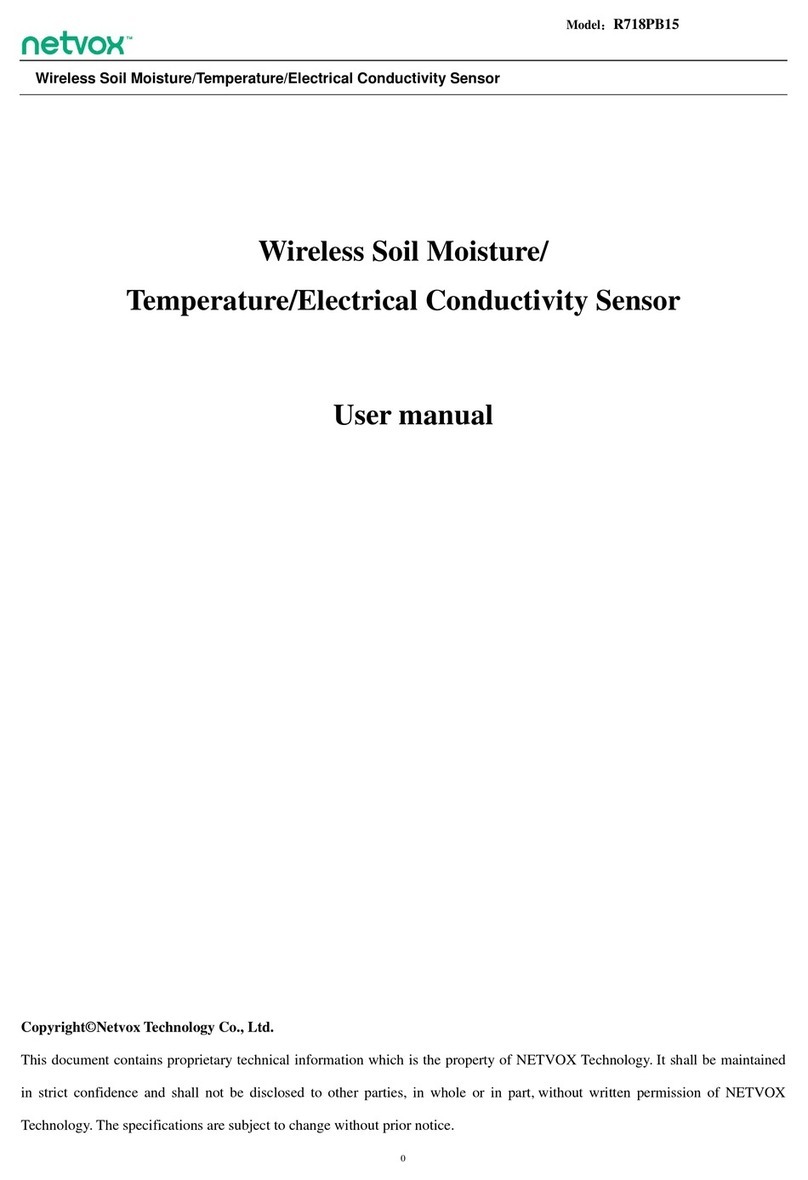
netvox
netvox R718PB15 User manual
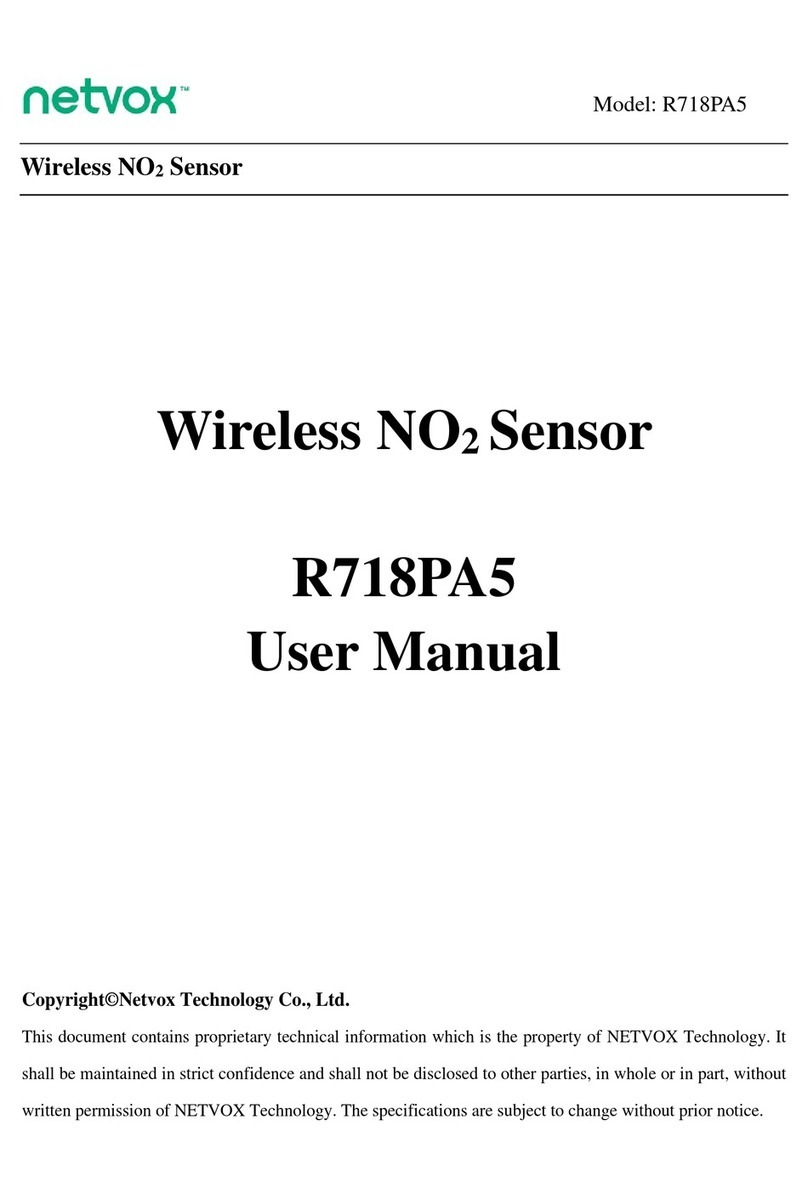
netvox
netvox R718PA5 User manual

netvox
netvox R72616A User manual
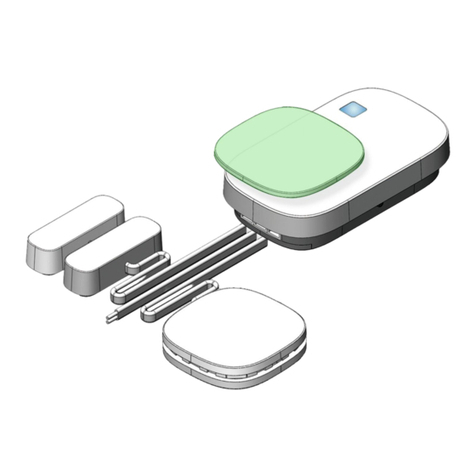
netvox
netvox R315 Series User manual
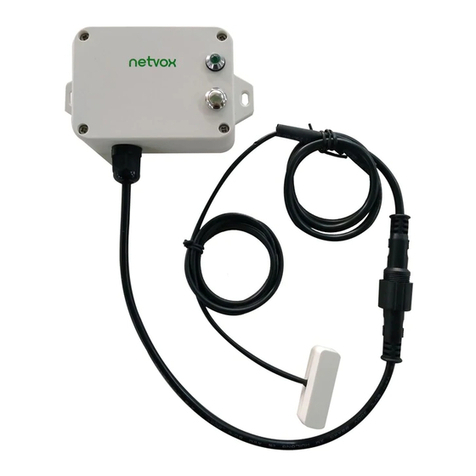
netvox
netvox R718DB User manual
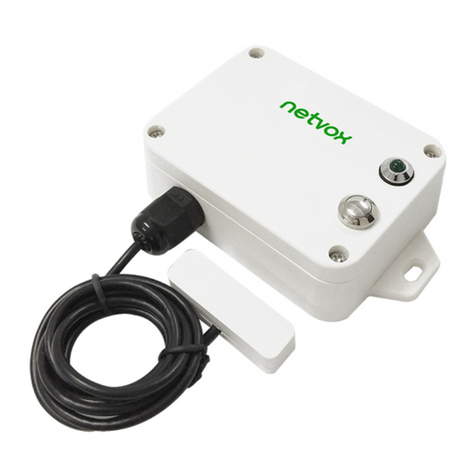
netvox
netvox R718DA User manual
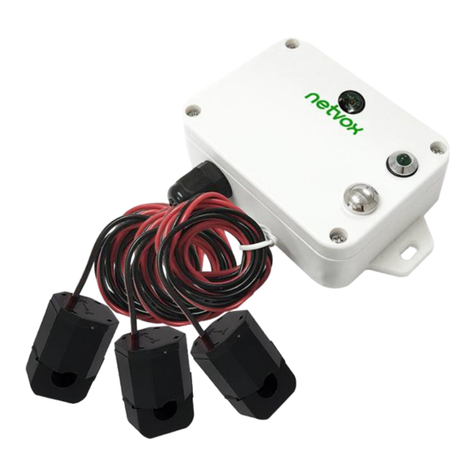
netvox
netvox R718NL3 Series User manual

netvox
netvox R718DB User manual
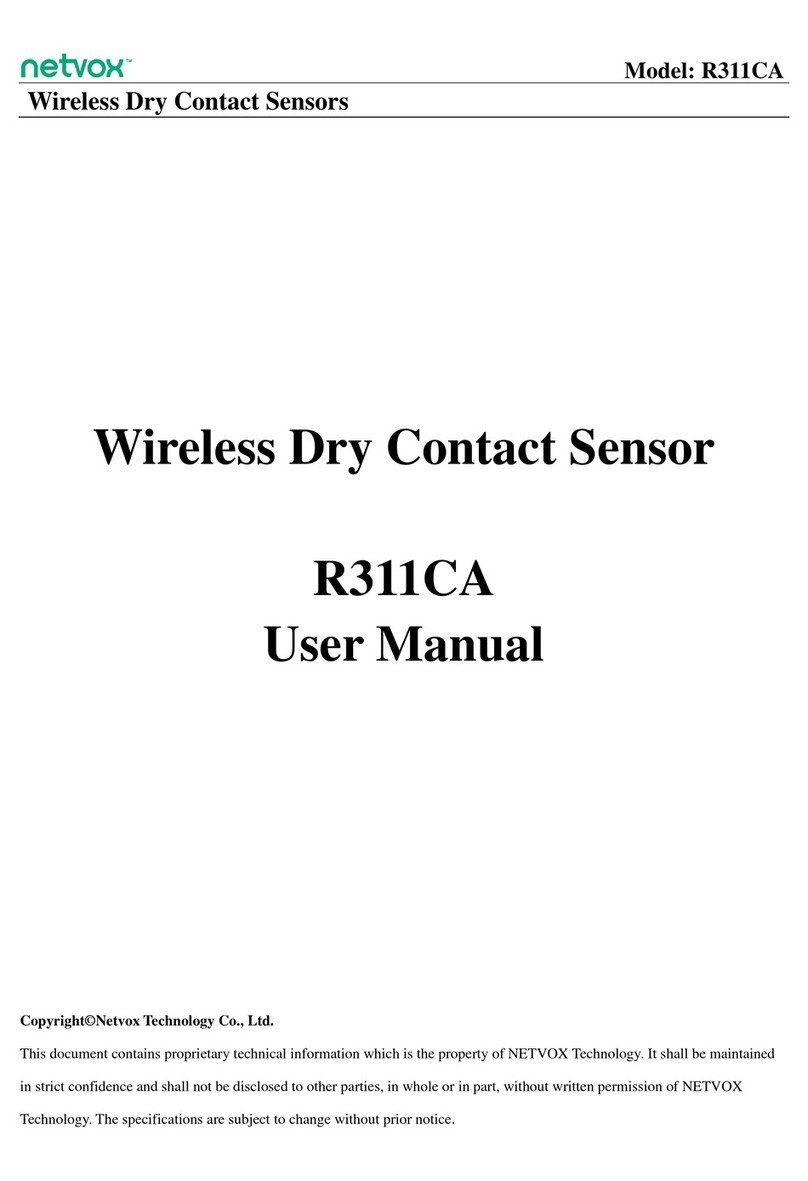
netvox
netvox R311CA User manual

netvox
netvox R311FA User manual
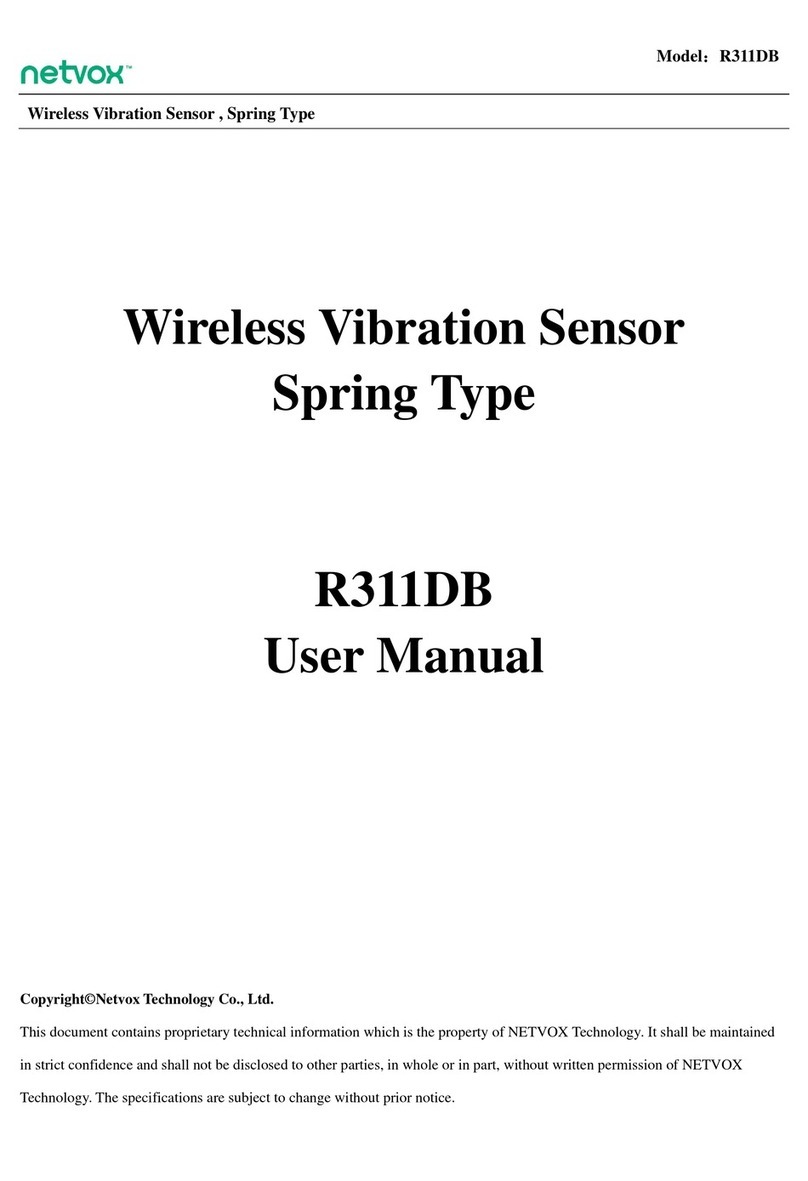
netvox
netvox R311DB User manual

netvox
netvox R718DA2 User manual
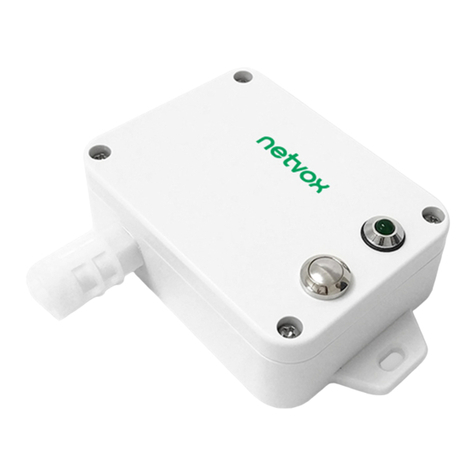
netvox
netvox R718A User manual
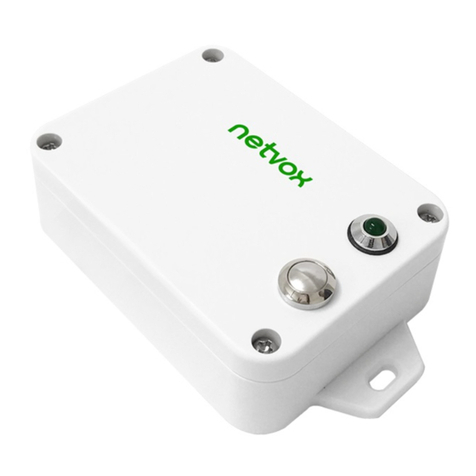
netvox
netvox R718EB User manual

netvox
netvox R718CN2 User manual
Popular Accessories manuals by other brands

NAPCO
NAPCO PIR600 installation instructions
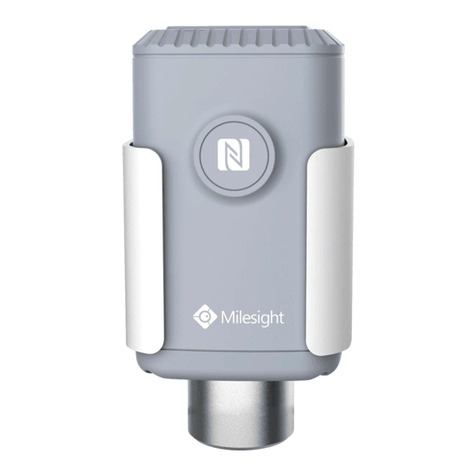
Milesight
Milesight EM500 Series user guide
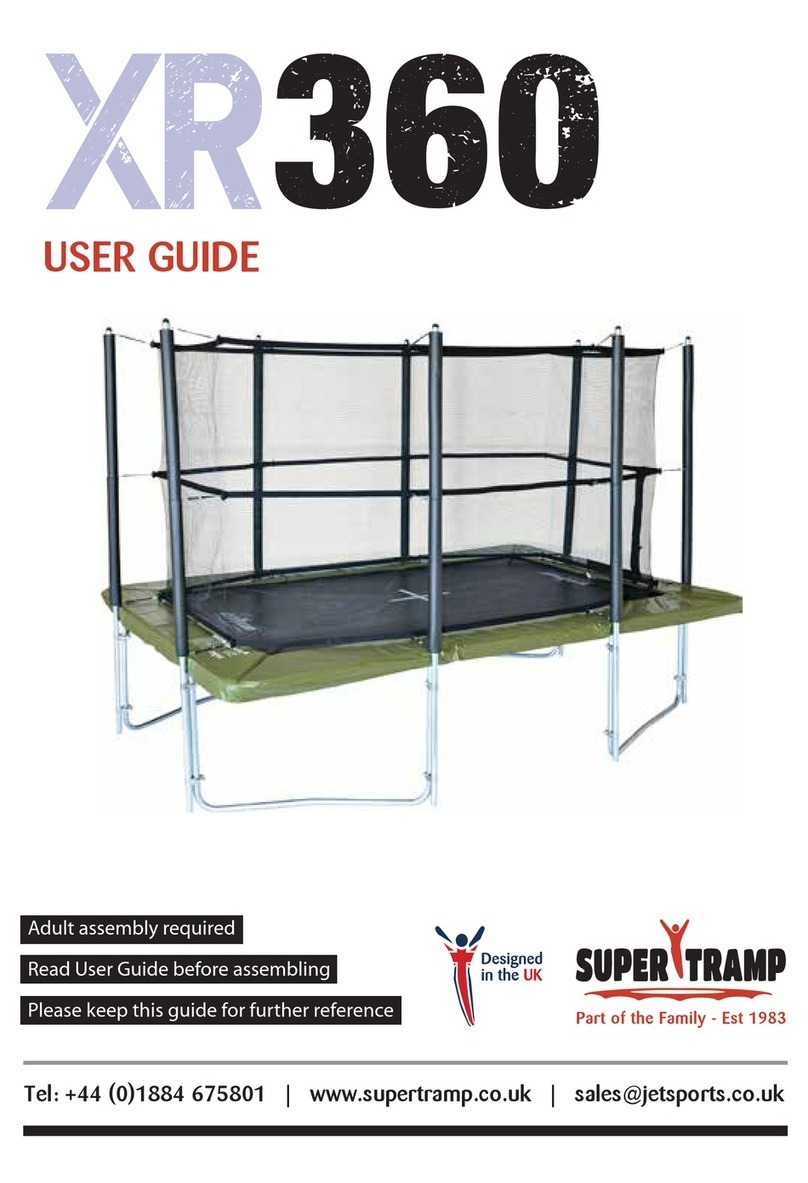
Super Tramp
Super Tramp XR360 user guide

LW Scientific
LW Scientific USA Incubator instruction manual
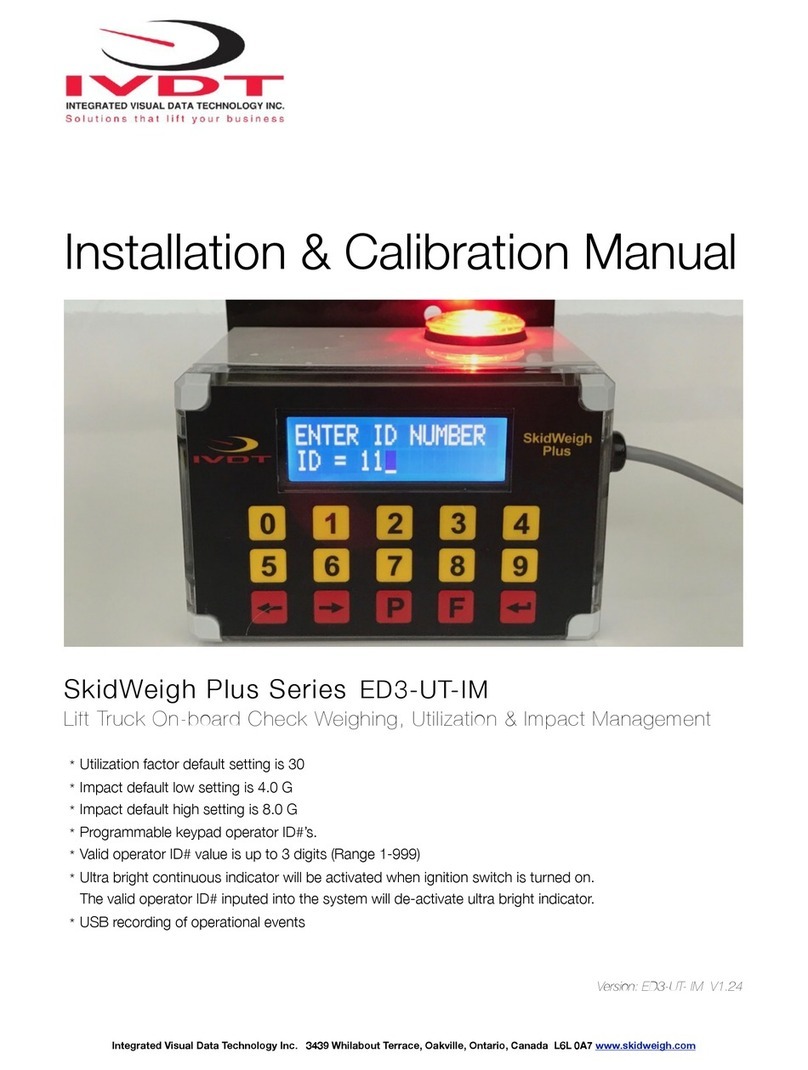
Integrated Visual Data Technology Inc.
Integrated Visual Data Technology Inc. ED3-UT-IM SkidWeigh Plus Series Installation & Calibration Manual
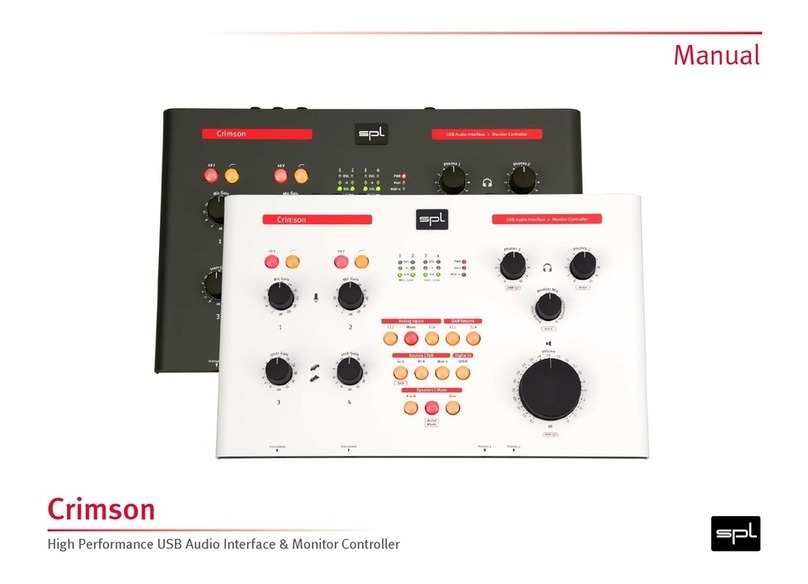
SPL
SPL Crimson 1250 manual
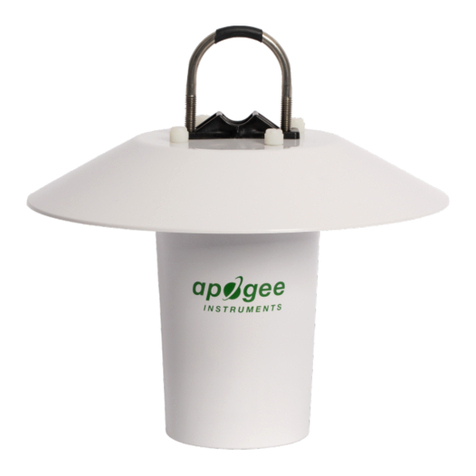
Campbell
Campbell Apogee Instruments TS100SS product manual
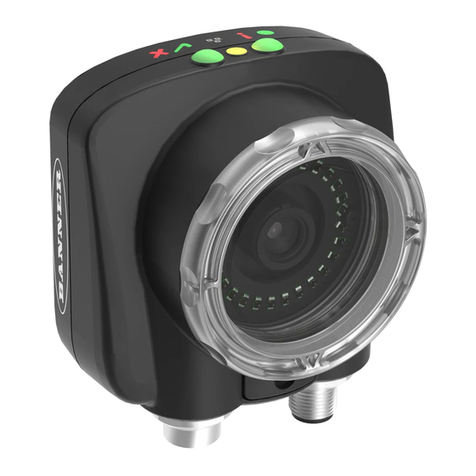
Banner
Banner iVu Plus BCR user manual
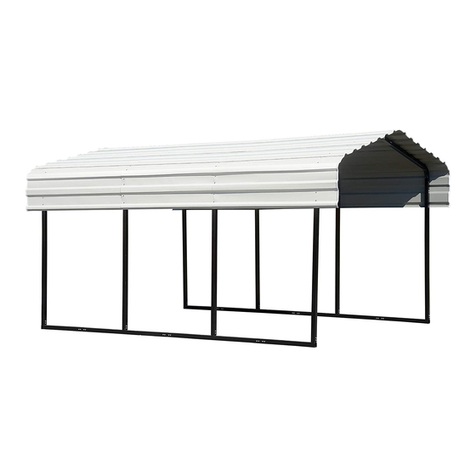
Arrow Storage Products
Arrow Storage Products CPH101507 Owner's manual & assembly guide

CONVEY-ALL
CONVEY-ALL 1640-TL Operator's manual

Aritech
Aritech VE700AM Series Installation sheet
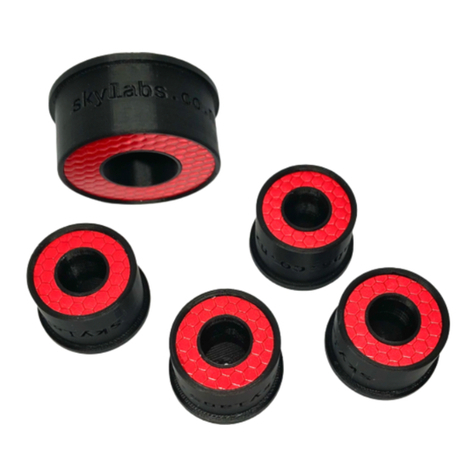
SkyLabs
SkyLabs Cheshire Eyepiece quick guide
